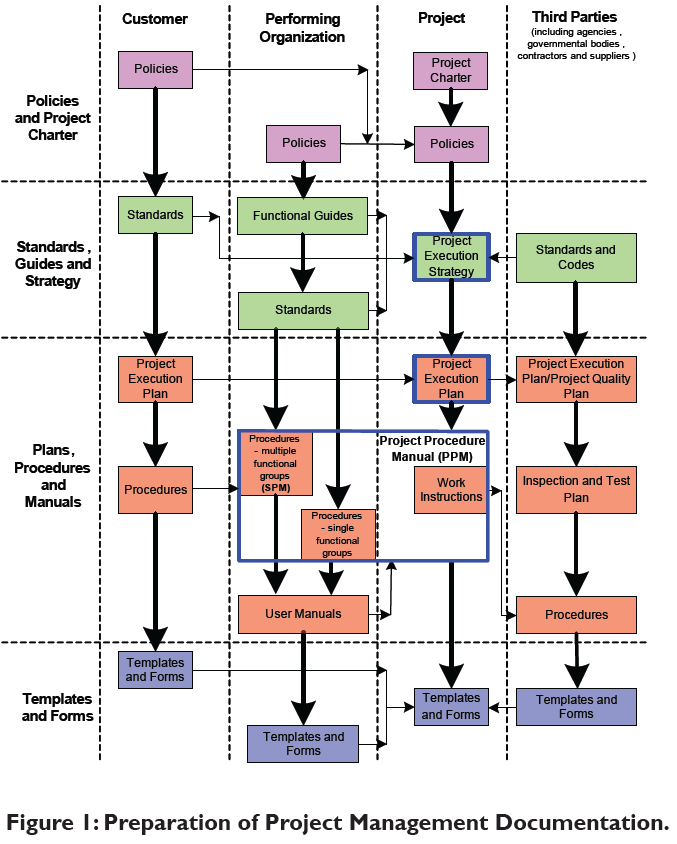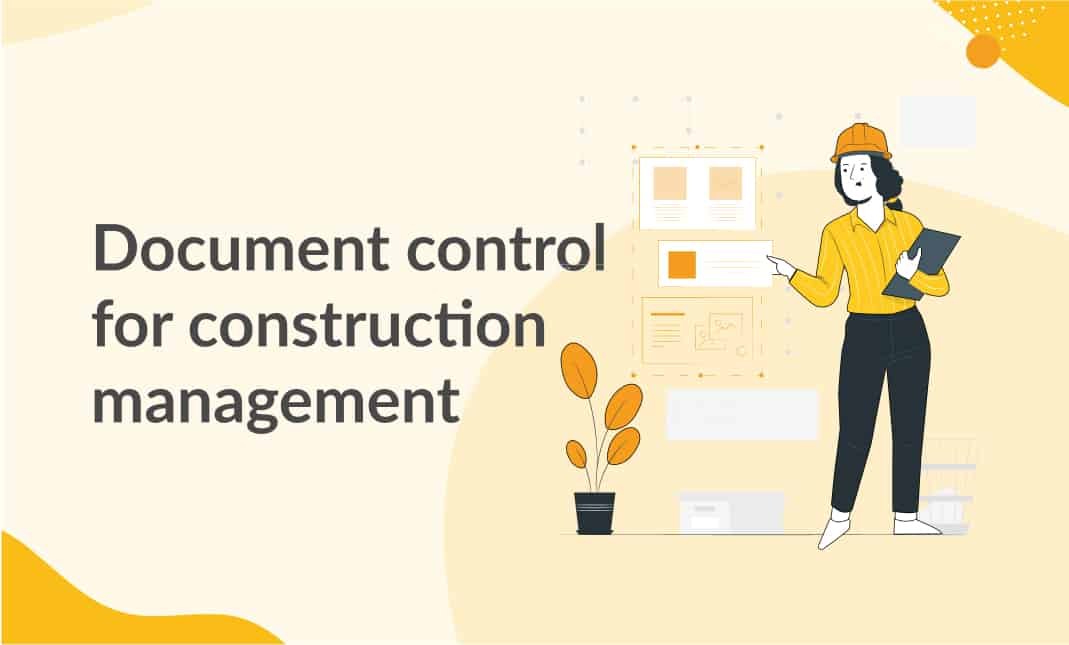Effective Construction Document Management Solutions for Every Task
Getting Seamless Task Distribution: Architect's Comprehensive Approach to Construction Document Administration
In the realm of style and building, the precise orchestration of job elements is paramount to success. One essential aspect usually took too lightly is the administration of building documents, which works as the foundation of every job. construction document management. As designers navigate the complexities of design, implementation, and coordination, an extensive strategy to record monitoring becomes a cornerstone for achieving smooth task delivery. By dissecting the subtleties of this process, uncovering the essential elements, and checking out innovative technical remedies, designers reveal a path in the direction of heightened performance and partnership within project groups. The combination of innovation, precision, and partnership develops the foundation of an effective architectural undertaking, elevating the significance of an organized file administration strategy.
Significance of Building File Administration
Reliable building document monitoring plays a crucial function in ensuring job success by helping with smooth communication and company throughout the construction procedure. By keeping precise and up-to-date construction papers, architects can efficiently connect with contractors, subcontractors, and other stakeholders associated with the task. These documents function as a recommendation point for all events, guaranteeing that every person is working from the very same set of details and minimizing the likelihood of mistakes or misunderstandings.
Furthermore, appropriate record management can improve job performance, lower costly delays, and ultimately lead to the successful completion of building jobs. Designers that focus on building and construction document administration established a solid structure for task success and show a commitment to providing top quality outcomes.
Secret Components for Efficient Paperwork

Developing standard templates and protocols ensures uniformity throughout all job records. Applying a robust document management system that enables for version control, gain access to limitations, and audit routes considerably enhances the organization and safety of task paperwork. By integrating these key components right into building and construction paper management techniques, engineers can improve procedures, lower errors, and ultimately add to the effective distribution of tasks.
Making Use Of Modern Technology for Paper Company
Leveraging sophisticated digital tools and software systems contributes in enhancing the company and access of building and construction paperwork. Architectural firms can streamline their record monitoring processes by executing specialized software designed for the building and construction market. These tools offer attributes such as version control, cloud storage, and collaborative editing capacities, making it possible for team members to service files simultaneously and guaranteeing everyone has accessibility to one of the most updated info.
One secret benefit of making use of modern technology for paper organization is the ability to develop a centralized database for all project-related data. By keeping documents in a safe and secure digital setting, designers can quickly search, fetch, and share info with stakeholders, reducing the danger of variation problems or misplaced files. Furthermore, progressed software application remedies commonly integrate metadata tagging and indexing functionalities, enabling users to classify files successfully and obtain them quickly when required.
Collaborative Strategies With Project Groups
To optimize task outcomes, engineers should welcome collaborative techniques when collaborating with job teams to make sure smooth communication and control throughout the construction procedure. Collaboration with job groups is important for engineers to effectively handle building and construction tasks. construction document management. By fostering open communication and team effort amongst all stakeholders, engineers can streamline browse around these guys decision-making procedures, address possible issues proactively, and guarantee that every person is aligned web with the job objectives
Architects need to develop clear lines of interaction with designers, specialists, clients, and other essential team members from the outset of the task. Routine meetings, progress updates, and feedback sessions need to be set up to maintain everybody informed and engaged. Making use of joint job administration tools can also facilitate real-time details sharing and paper partnership, enhancing openness and performance.

Ideal Practices for File Version Control

Conclusion
Finally, efficient construction paper management is vital for accomplishing seamless job delivery. By concentrating on crucial elements such as collaboration, version, and company control, architects can guarantee that all task teams are working from current and accurate info. Making use of technology can enhance the documents process and boost overall project effectiveness. It is necessary for architects to execute ideal practices in file monitoring to effectively navigate the complexities of building tasks.
Efficient building and construction document management plays an essential function in guaranteeing job success by assisting in smooth interaction and organization throughout the building procedure. Furthermore, appropriate file administration can improve project efficiency, lower costly hold-ups, and inevitably lead to the effective completion of building projects.To optimize task results, designers should embrace collaborative strategies when functioning with job teams to ensure smooth interaction and control throughout the construction procedure. Partnership with project groups is crucial for designers to properly take care of building projects.In the world of collective construction task administration, maintaining precise control over document versions stands as a critical technique for making sure project honesty and cohesion.